

In the world of licensed video games, there tend to be two types of releases: those which offer at least a somewhat worthwhile experience, and those which leave fans of the associated franchise downright insulted. For years, the games bearing the South Park name have cleanly fallen into the latter group. But that’s about to change, thanks to South Park: The Stick of Truth.
The series creators Trey Parker and Matt Stone turned plenty of heads when they announced that “the South Park game fans have always wanted” would finally arrive in the form of a turn-based, fantasy-themed RPG. But with Obsidian Entertainment behind the project, and a wildly popular series to draw from, has the show finally managed to make a successful leap to gaming?
From the game’s opening cinematic, it’s clear that the the development team’s top priority was not to merely avoid disappointment, but thrust players directly into the heart of a South Park episode before they knew what to expect. Introducing the player as the hero who will turn the tide of an imaginary war, the premise, tone and in-game explanation for RPG mechanics is established so effortlessly, players will wonder why it wasn’t attempted years ago.
Admittedly, the story begins in nearly the exact same way as any other fantasy RPG: the player – for whatever reason – soon emerges as the destined warrior capable of overpowering opponents, and finds himself at the center of a changing political landscape. Thankfully, the developers let the fiction, personality, and irreverence of South Park take over almost immediately.
The make-believe magical powers and mystic personas have been explored in several episodes of the series, parodying the likes of Japanese anime and The Lord of the Rings. While those episodes are cited as some of the most inspired (and memorable) in the series, the chance to take part brings unforeseeable benefits to the idea of children making imagination real (more or less).
Hurling hammers and swords followed by apologies and pats on the back so perfectly captures the essence of youthful schoolyard warfare, players might forget they’re watching a series known as much for its controversy as its comedy (until the graphic content shows up, which it most certainly does). Visual gags and wry gaming references are more prevalent than offensive satire, and as the plot, setting and mission requirements grow more absurd, the enjoyment rises along with the spectacle.
Featuring the series’ stars, extraterrestrial abductors, Nazi Zombies and too many returning characters to count, fans of the series will see familiar faces and inside-jokes at every turn. Fortunately, it never feels like the developers have relied on nostalgia or fan service to help disguise a lackluster experience. Instead, the wealth of characters have been used to supply quests, serving to keep fans happy while offering a legitimate reason for their appearance.
Strip away all the window dressing, the probe-addicted aliens, and the Reich-loving monstrosities, and The Stick of Truth is a fairly simple gameplay experience. The town of South Park has been recreated across a fully traversable grid, filled with random enemy encounters, quest hubs, and corners to scour for loot. But just because the RPG and turn-based combat aren’t reinventing the wheel doesn’t mean efforts haven’t been taken to keep the experience engaging.
A prime example is the decision to make most (if not all) attacks tied to button-prompts, making them as much about timing as damage. There’s no question that the mechanics may become repetitive and monotonous for some, and running from point A to point B to complete quests is no less irritating in South Park‘s colorful aesthetic than that of Bethesda’s offerings. But it feels less like the developers cut corners, and more like they set themselves a task they knew they could achieve – and then excelled in doing just that.
That isn’t to say that the developers haven’t experimented, as they have truly taken advantage of the 2-dimensional art style of the show. It isn’t just enemies that players will be on the lookout for, as every new location contains vents, hidden passages, or simply inaccessible loot chests (read: backpacks) to keep completionists on their toes. The areas are never particularly difficult to access, but the addition of puzzle-solving is a welcome one. The mechanics also walks hand-in-hand with the player’s ability to stun or vanquish foes using environmental hazards before needed to engage them in combat.
Neither environmental manipulation nor procedurally-generated foes who attack once approached are particularly new, but the developers leverage the 2D presentation to offer a facet to combat, traversal, and loot-hunting that is a pleasant surprise. So although the mechanics may not be groundbreaking, they are well-executed and for the most part, free of any overlooked flaws.
But let’s be honest: to strip the South Park window dressing away from the mechanics is missing the point entirely. The ambition to please fans is evident in every frame, and publisher Ubisoft is likely to deserve the credit. After acquiring the game from THQ, the publisher was disappointed to find that it was not what fans were hoping, and delayed its release to correct that mistake. Take one look at the production screenshots, then the finished game, and it becomes clear that this game’s success was far from guaranteed.
Series creators Trey Parker and Matt Stone cited their love of role-playing video games as part of the reason The Stick of Truth takes most of its lead from the genre, but the setting also presents an opportunity to infuse as much of their trademark story and personality as possible in the gaming space. And in that regard, the game is a resounding success. With the plot leaping from threat to threat and from one spectacle to another with so much confidence, players will end up simply letting go of rhyme or reason, and enjoying the ride.
The turn-based combat is too straightforward (and before long, overpowered) to satisfy those seeking a deeper experience, but Obsidian has covered all their bases. The mechanics may not be more impressive than they had to be, but the wealth of flourishes and show-quality storytelling is an extremely pleasant surprise. Even if it may only please existing fans – a group that seems deserving of some attention.
South Park: The Stick of Truth defies the odds simply by doing the brand justice, but also sets a standard that future South Park games (or DLC) can aspire to. It’s not perfect, but it is the game South Park fans have waited for, beyond a doubt.
_____
South Park: The Stick of Truth is available now for the PC, PS3 and Xbox 360. Game Rant played the PC version for review.
Follow Andrew on Twitter @andrew_dyce.

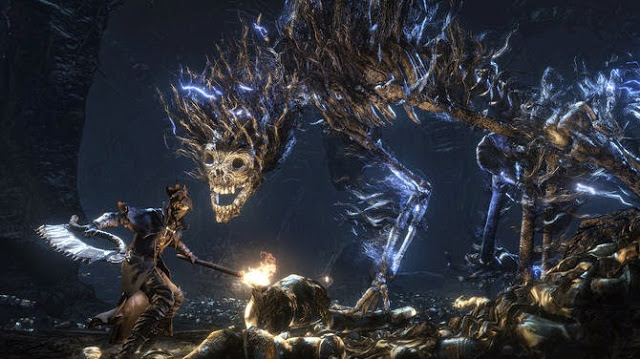
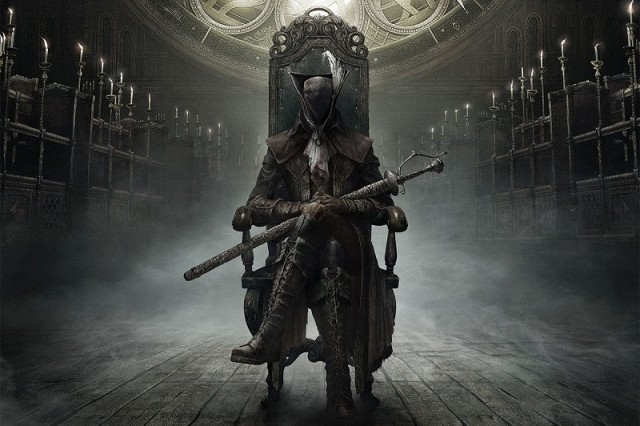
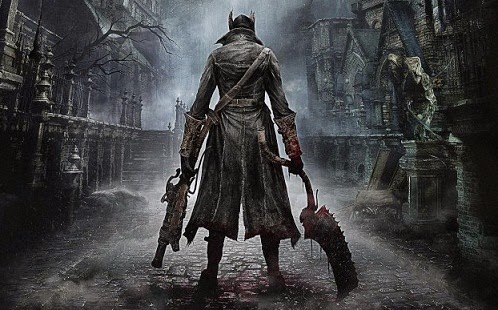
 Less Is More: 5 Small Games That Are Big On Fun
Less Is More: 5 Small Games That Are Big On Fun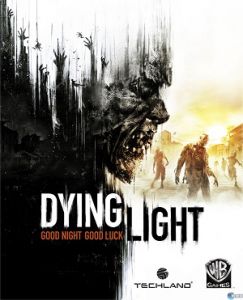 How to get Dying Light Italian Plumber Trophy / Achievement
How to get Dying Light Italian Plumber Trophy / Achievement Pikmin 3 Glitches Guide
Pikmin 3 Glitches Guide Games with Gold vs. PlayStation Plus: November Evidently Belongs to PlayStation
Games with Gold vs. PlayStation Plus: November Evidently Belongs to PlayStation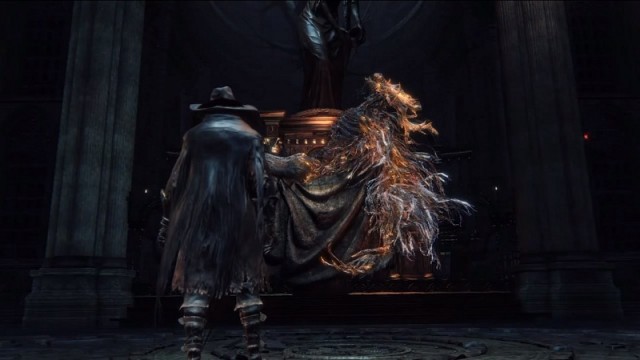 How to Beat Laurence, the First Vicar in Bloodborne: The Old Hunters
How to Beat Laurence, the First Vicar in Bloodborne: The Old Hunters